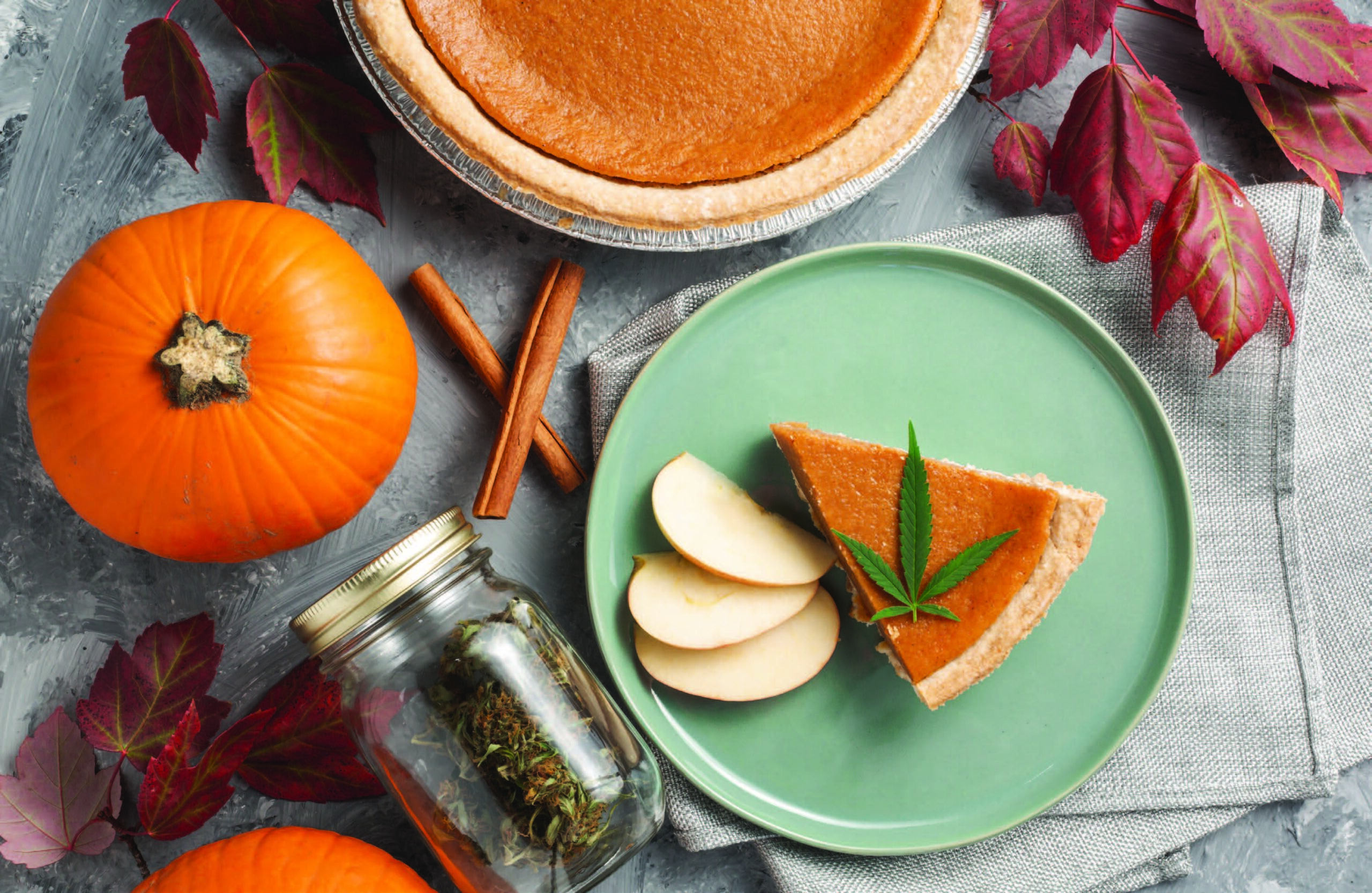I was talking to a marketing person from another brewery recently. I complimented her brewery’s beer and she agreed that the brewery makes amazing beer and then started bragging about their quality. I took everything she said with a grain of salt, because marketing sometimes equates to “lies to get you to buy things.” But I was super-interested because they were talking about how strict their quality assurance/quality control was, and about a topic I had never heard before: Flavor drift. She said that the brewery she worked for was so strict, they dump batches if there is a detection of flavor drift. And I was blown away.
I know breweries go to crazy lengths to maintain quality when there is objective, quantifiable evidence of difference or flaws: ABV variance, infections, VDKs, noticeable haze, hop and malt consistency, etc., but I have never heard of a craft brewery that so strictly maintains the subjective flavor profile.
After doing some Googling and making sure flavor drift was an actual thing and not a new type of taco at Taco Bell, I discovered that it’s not an easy thing to fight against, and I’m still skeptical of its application to craft beer. The idea is, over time, as the beer ingredients and beer-making conditions change, the flavor slowly starts to drift away from how it was initially intended. It’s a problem because you want someone to return to your beer and for it to be the exact same, whether it was yesterday or five years ago. For breweries that operate multiple plants and ship beer all over the world, this is very important. If you drink a Dale’s Pale Ale brewed in North Carolina, it should taste like a Dale’s brewed in Colorado. The Budweiser your dad drank the night he and your mom conceived you, should taste the same as the Bud you’ll pay $15 for at a football game next year. Fighting against flavor drift is essentially a way to escape time and space.
So for a small brewery, this is very difficult. For starters, it’s time- and labor-intensive to gather enough data points to determine the initial flavor profile and to continue that data collection to ensure that the flavor isn’t drifting. I know how hard it is getting enough people to drop what they’re doing and taste the beer for that data collection. I also know that tweaking a beer recipe in very small ways is inevitable. Hop contracts and suppliers change. Crops have good years and bad. The overnight brewer isn’t always hitting his numbers because he hasn’t seen the sun in six weeks. And then there’s the yeast: The unpaid employee of the brewery doesn’t always do it’s job the same way.
Unless the brewery is willing to spend a lot of time and money ensuring that flavor drift isn’t happening, the drift is inevitable. And on top of this, the palettes of your consumers also grow and change and that is a drift that you can’t control.
So, what can a craft brewer do? I feel like there are only three ways to go forward:
1. Embrace the drift. Control what can be controlled and stay up on tasting and re-tasting your beer. And when you start seeing a flavor or quality you don’t like, fix it, but fix it in a way that doesn’t break the beer another way (nobody wants to send in snakes to kill the rats).
2. Chase the drift. Use yeast-handling and fermentation practices that ensure a development of a house flavor. Use a wide variety of hops, switching them out periodically, seasonally or when they’re cheap and available. Make all decisions based on deliciousness of the product, not consistency.
3. Eff the drift. Don’t brew the same beer twice. If you do, wait a few months until your customers forget what the last batch tasted like. Change yeast strains, fermentation temperatures and mashing techniques to suit your whim. You control the beer; the beer doesn’t control you.
But personally, I don’t care. I just want good-tasting beer. I’m not beholden or sentimental about recipe or process or procedure. I don’t believe a Fat Tire, even if New Belgium has a few dozen full-time QA employees, will ever taste as good as it used to, back when there was something novel about craft beer.
Robert Alan Wendeborn is a former cellar operator at Ska Brewing and current lead cellar operator at Tin Roof Brewing in Baton Rouge, Louisiana.













